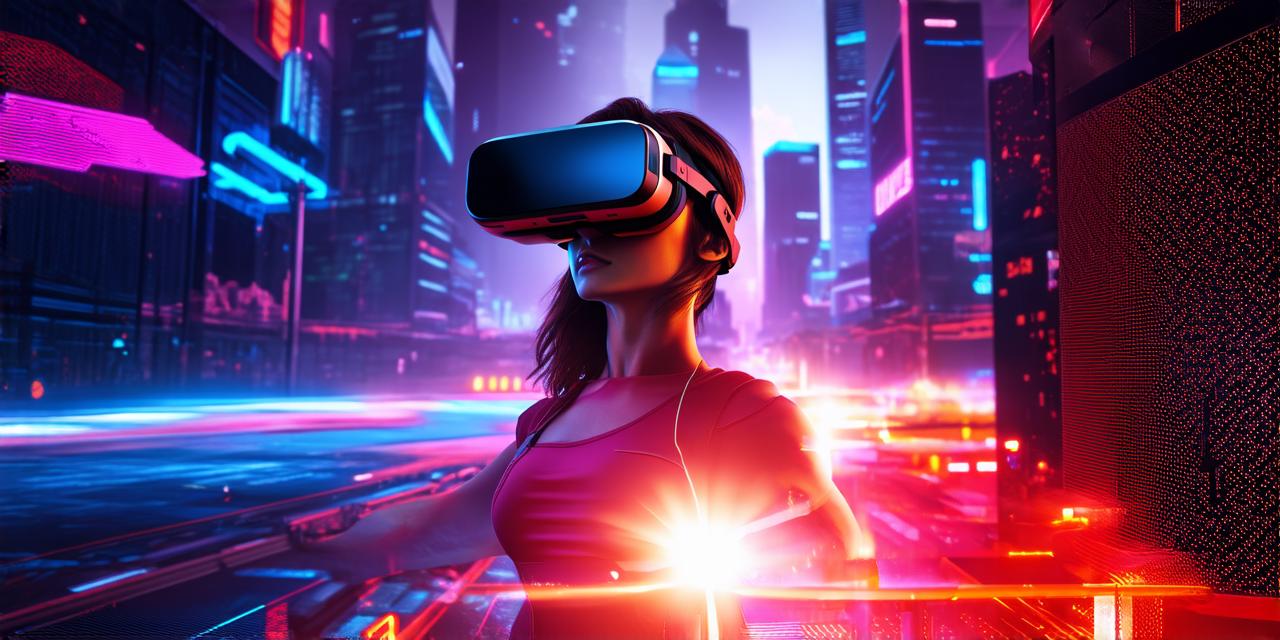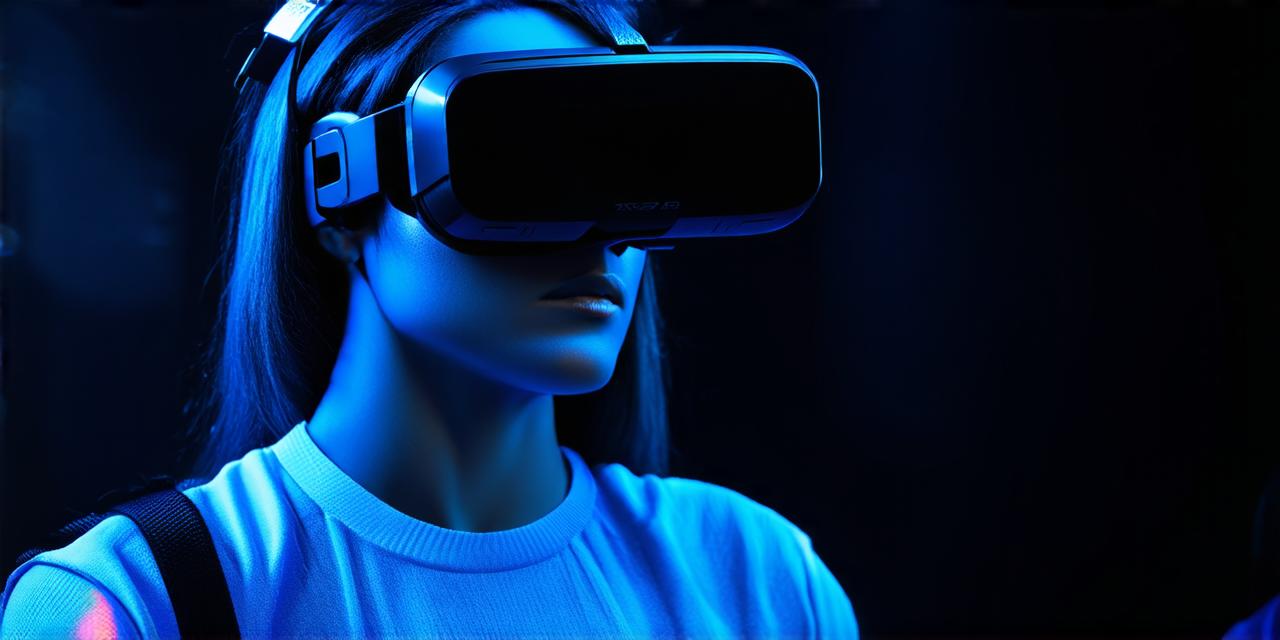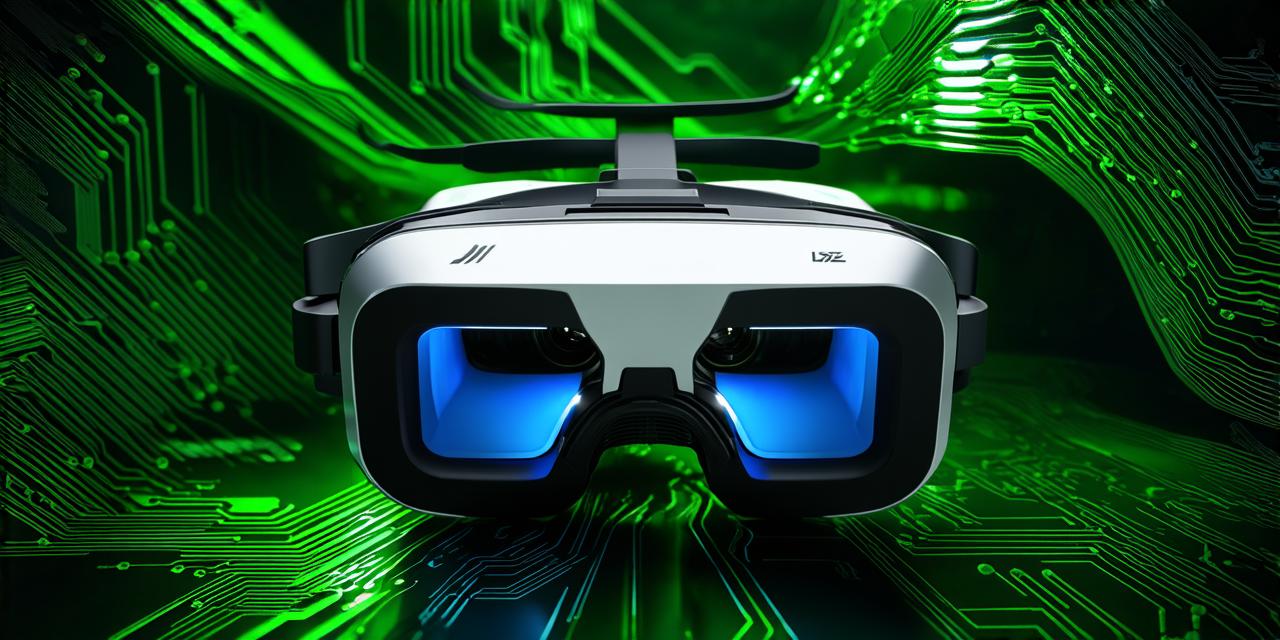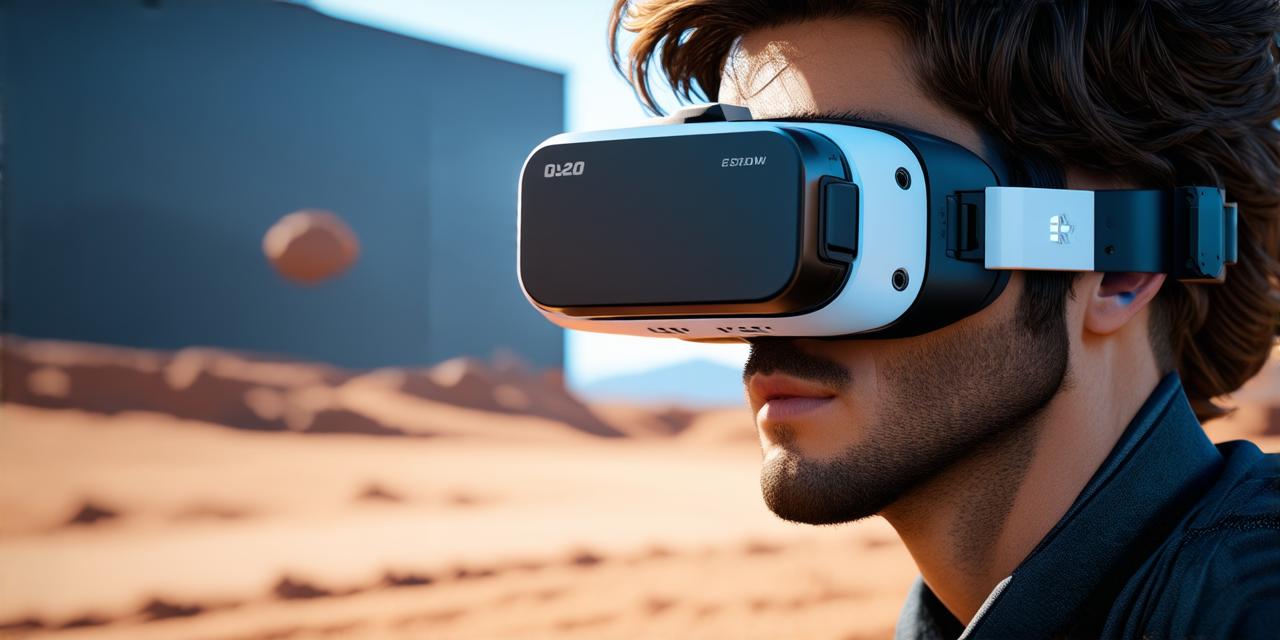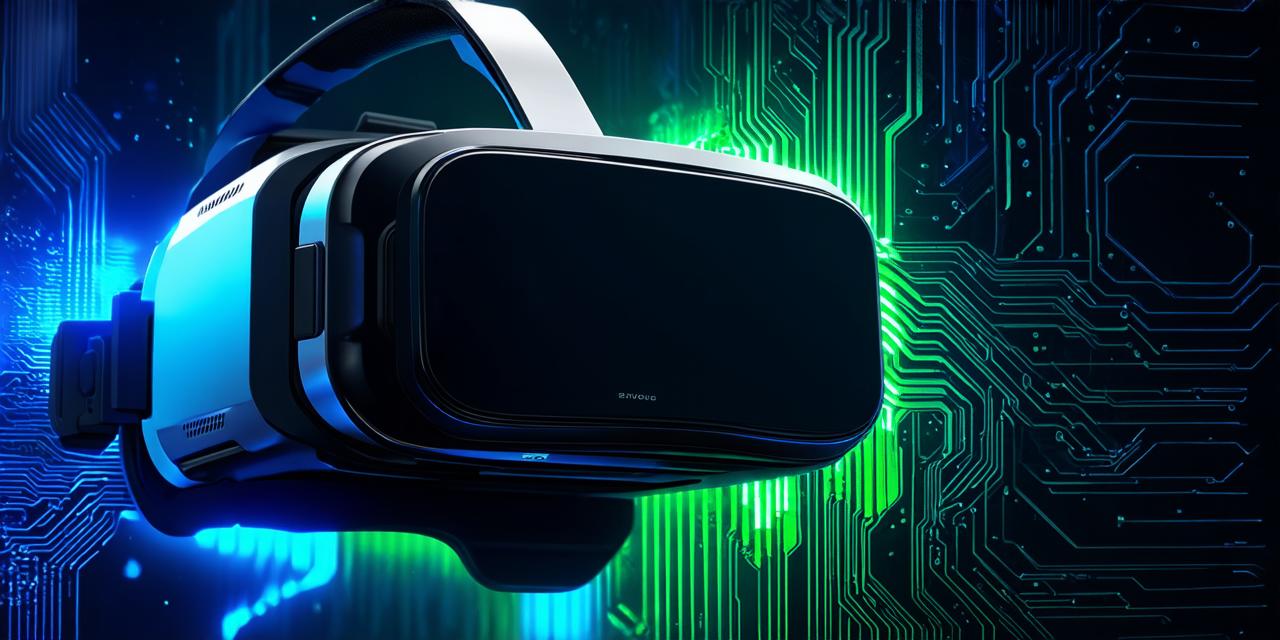Virtual reality (VR) is a rapidly evolving technology that offers developers endless possibilities for creating immersive experiences. However, the level of immersion required for each VR application depends on various factors such as the user’s comfort level, the nature of the experience, and the intended use case. In this article, we will explore the optimal level of immersion in VR and provide guidance to AR developers on how to create an engaging and effective virtual environment for their users.
The Science Behind Immersion
Immersion refers to the sensation of being fully absorbed in a virtual environment. It is achieved through various means such as audio, visual, and haptic feedback that mimic real-world sensory experiences. The level of immersion required depends on the application and user experience.
Research has shown that VR can have significant effects on the brain and cognitive function. According to a study by Ehrlich et al. (2014), VR can enhance memory, reduce stress, and improve mood. In addition, VR has been found to be effective in treating a range of conditions such as PTSD, anxiety disorders, and phobias.
2. Audio
Audio is an essential component of VR immersion. It should be used to create a sense of presence and realism in the virtual environment. The use of 3D audio and spatial audio can enhance the immersion by creating a sense of directionality and depth.
3. Haptic Feedback
Haptic feedback is the use of physical sensations such as vibration, pressure, and temperature to simulate real-world experiences in VR. It can greatly enhance immersion by providing users with a tactile sense of their environment.
4. Interactivity
Interactivity is critical to creating an engaging VR experience. Users should be able to interact with the virtual environment in a meaningful way, whether it’s through hand gestures, voice commands, or physical movements.
Optimal Level of Immersion
The optimal level of immersion depends on various factors such as the user’s comfort level, the nature of the experience, and the intended use case. In general, however, a moderate level of immersion is recommended for most applications.
A moderate level of immersion allows users to feel fully engaged in the virtual environment while still maintaining a sense of control over their surroundings. It also reduces the risk of motion sickness and disorientation that can occur with extreme levels of immersion.
Examples of Moderate Immersion in VR
One example of moderate immersion in VR is the use of VR for training purposes. In this application, users wear a headset and interact with a virtual environment that simulates real-world scenarios. The level of immersion is moderated by the need for users to maintain control over their movements and actions in order to complete the task at hand.
Another example of moderate immersion is the use of VR for design and architecture applications. In this application, users can explore and interact with a virtual environment that simulates a building or other architectural structure. The level of immersion is moderated by the need for users to maintain a sense of scale and perspective in order to effectively design and plan the space.
Optimal Level of Immersion in AR
Augmented reality (AR) is another type of immersive technology that offers developers endless possibilities for creating engaging experiences. Unlike VR, AR overlays digital content onto the real world rather than creating a fully immersive virtual environment.
The optimal level of immersion in AR depends on various factors such as the nature of the application and the intended use case. In general, however, a moderate level of immersion is recommended for most applications.
Examples of Moderate Immersion in AR
One example of moderate immersion in AR is the use of AR for educational purposes. In this application, digital content such as 3D models and animations are overlaid onto the real world to enhance the learning experience. The level of immersion is moderated by the need for users to maintain a sense of reality and context while interacting with the digital content.
Another example of moderate immersion in AR is the use of AR for marketing and advertising purposes. In this application, digital content such as product information and promotional messages are overlaid onto the real world to create an engaging and interactive experience for users. The level of immersion is moderated by the need for users to maintain a sense of balance between the real and virtual worlds.
Finding the Right Balance
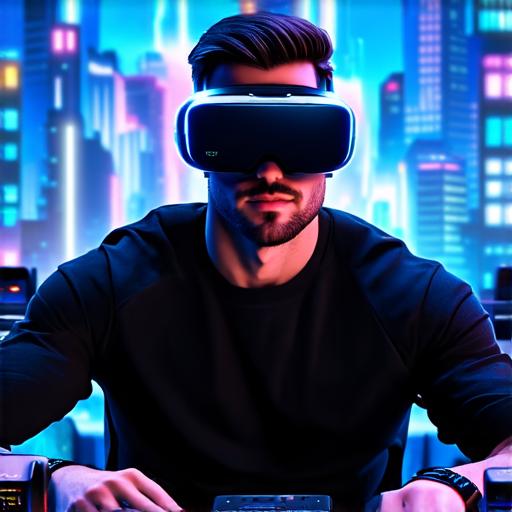
To determine the optimal level of immersion in VR or AR, developers must find the right balance between engagement and control. This requires careful consideration of various factors such as the user’s comfort level, the nature of the experience, and the intended use case.
In addition, developers should consider using a range of techniques to create an engaging and immersive environment. For example, they can use interactive elements such as voice commands and hand gestures, or incorporate 3D audio and spatial feedback to enhance the sense of presence and realism.
Summary
Virtual reality and augmented reality offer developers endless possibilities for creating immersive experiences that engage users and enhance their understanding of the world around them. However, the level of immersion required for each application depends on various factors such as the user’s comfort level, the nature of the experience, and the intended use case.
In general, a moderate level of immersion is recommended for most applications. This allows users to feel fully engaged in the virtual or augmented environment while still maintaining a sense of control over their surroundings. By finding the right balance between engagement and control, developers can create an effective and engaging VR or AR experience that resonates with their target audience.
